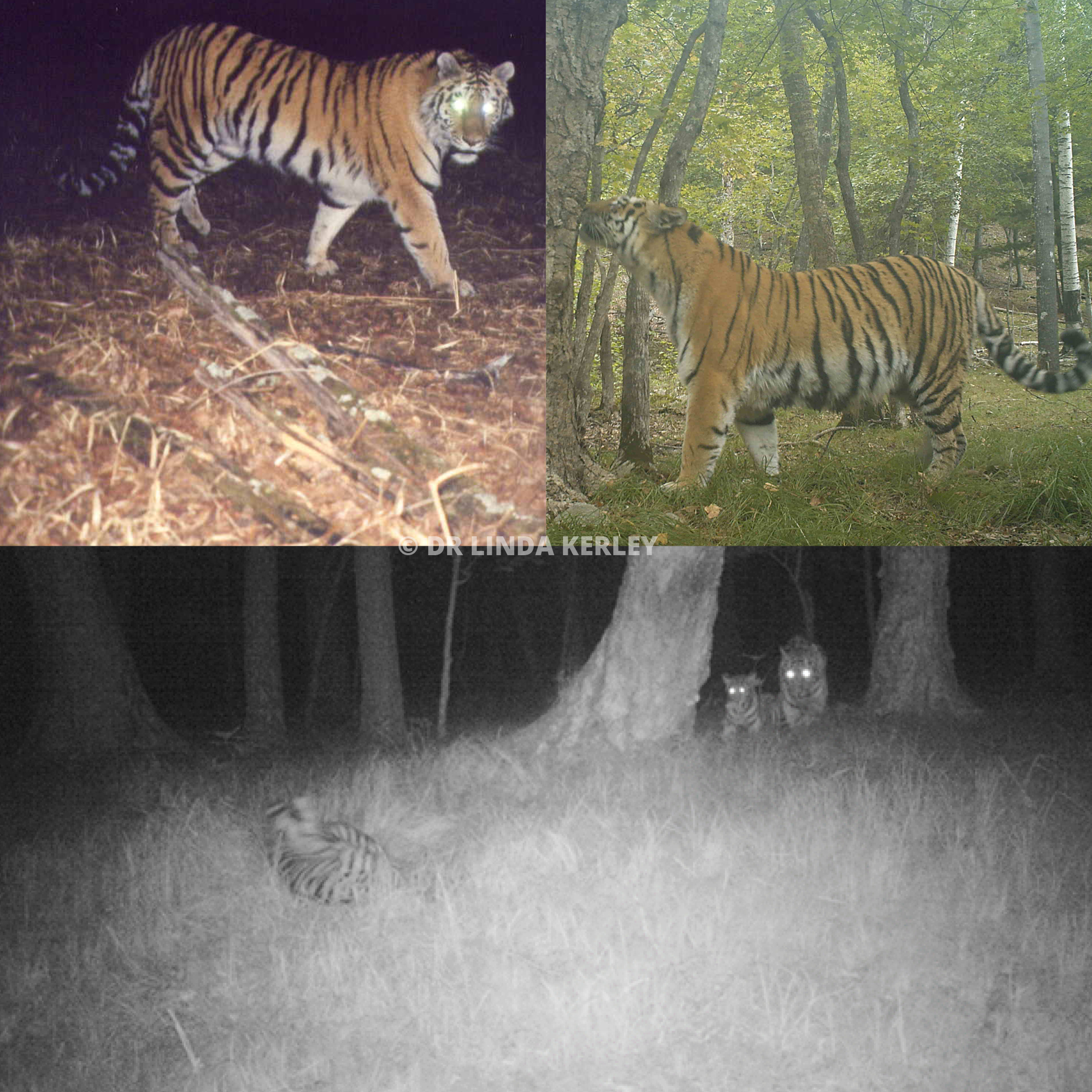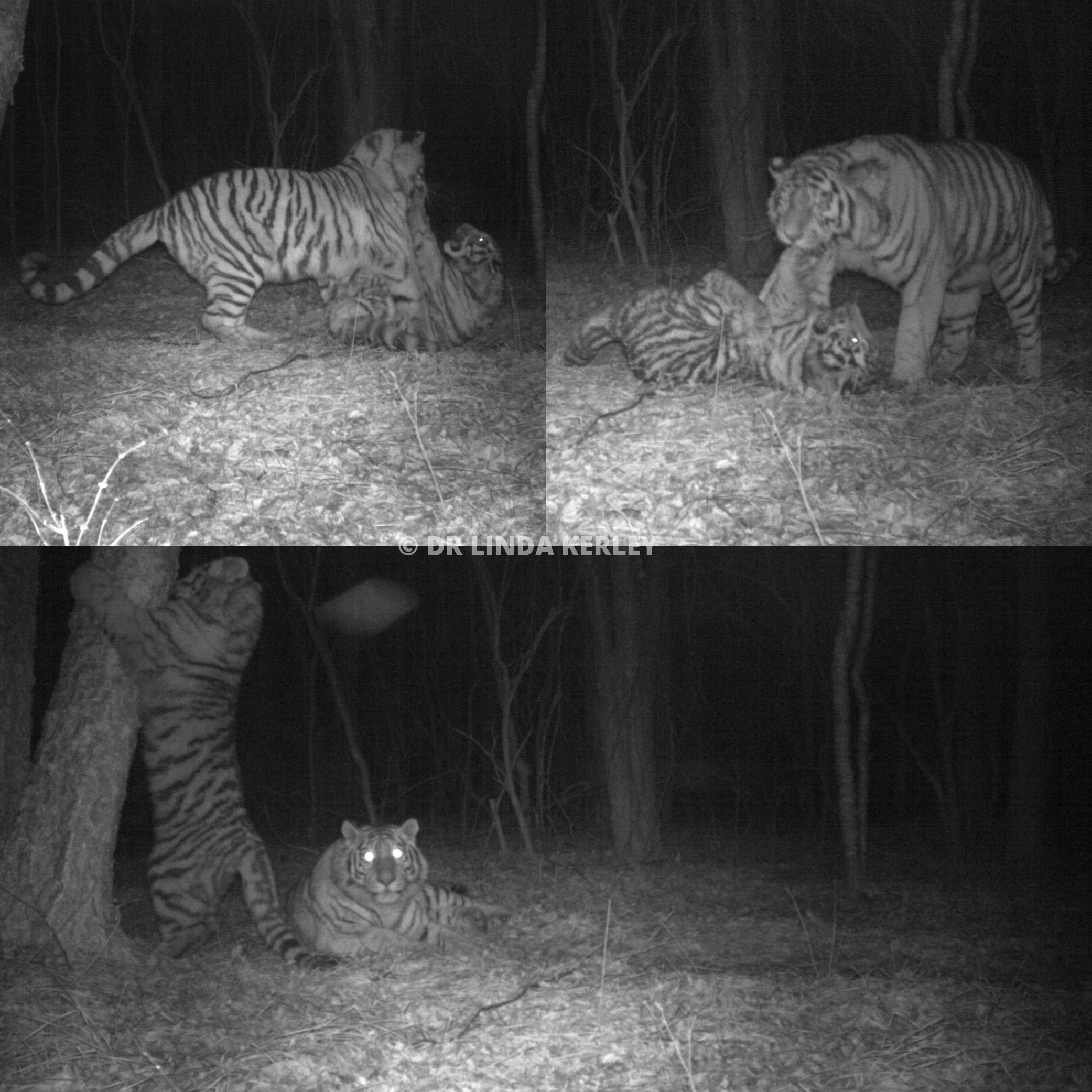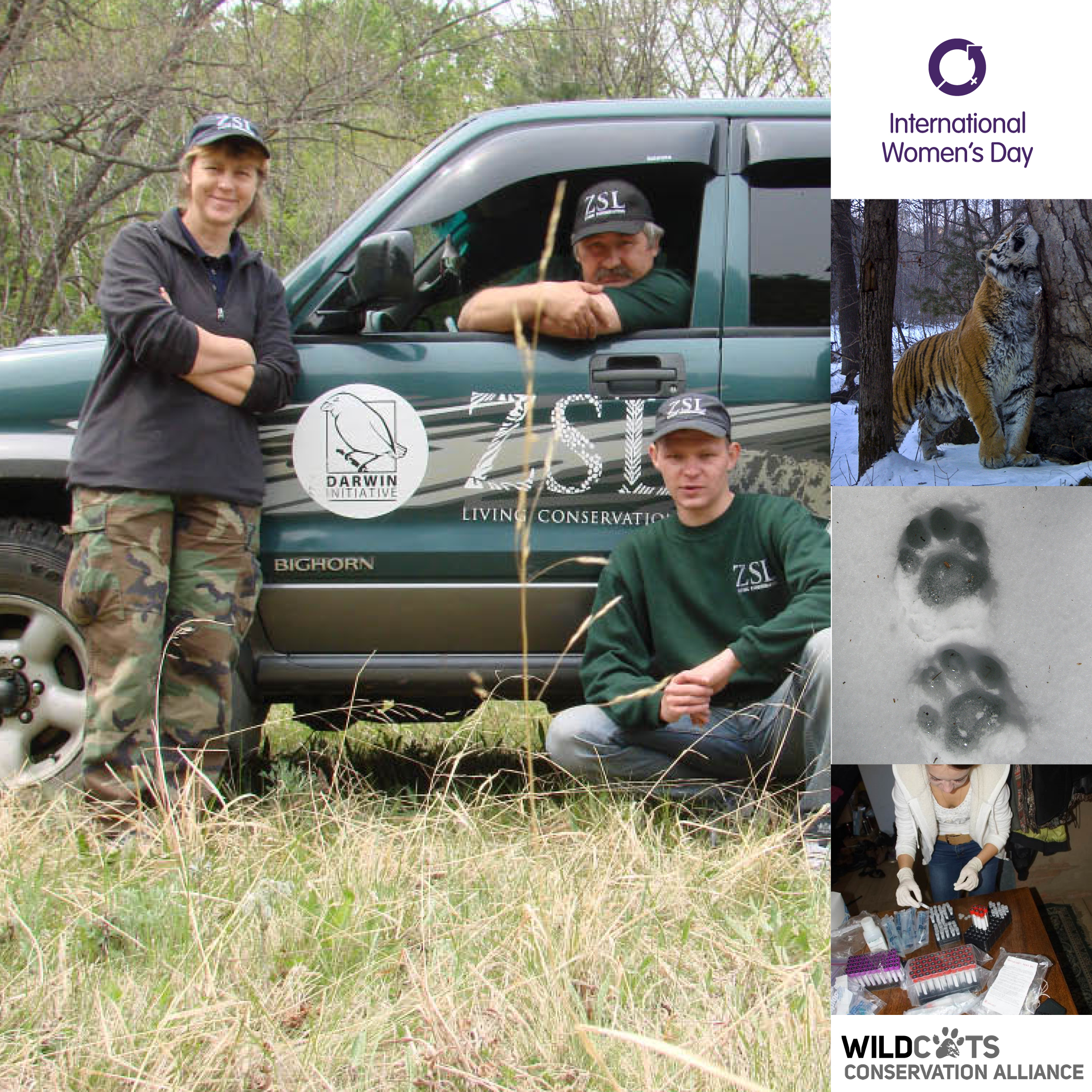With International Women’s Day approaching, WildCats is super grateful to inspirational Wildlife Biologist, Dr Linda Kerley, for taking the time to answer one of our most asked questions; How long do wild Amur tigers live?
Her latest blog looks at some of the fierce tigresses that she has been monitoring in the Russian Far East for over a decade…
How long do wild Amur tigers live?
ANO AMUR (ZSL’s Russian partner) has been conducting Amur tiger conservation in the Russian Far East since 2007, supporting monitoring, anti-poaching, and environmental education in Lazovsky Reserve and Zov Tigra National Park.
As the project manager, I’m often asked the question “how long do wild Amur tigers live?”. That’s an important question but not easy to answer. The generic answer is 10-15 years based on two unrelated observations of animals surviving to 14 years before their untimely deaths; one by poachers and the other in a conflict situation. Most tigers either outlive short monitoring studies, or die prematurely from poachers, car collisions, human conflicts, disease, or simply leave the survey area before they reach old age.
But, as we finish our 11th year of population monitoring, following individual tigers identified by unique stripe patterns on photographs taken with remote cameras, we are excited to find ourselves closely following the lives of four tigresses that have reached the age of 14 years; Sabrina, Maria, Lena, and Tilda.
Three are still alive and with cubs as I write this blog, but Tilda disappeared at age 14. These are the most detailed records we have and have provided invaluable information about how tigers are living in Lazovsky and Zov Tigra.
Information about maximum life span is important to help us decipher our monitoring results and understand potential lifetime reproductive success. Tigers reproduce slowly, females don’t birth their first litters until age 3-4 years and consecutive litters are 2-4 years apart, so the longevity of our four older tigresses aided their reproductive success because they had time (having produced 39 cubs so far between them, in 3 to 4 litters for each tigress so far). Sabrina has produced the most; in 4 litters she produced 12 cubs. In all, we have had the pleasure of following 7 of 39 cubs to adult age as they have also produced litters (11 third generation or “grandcubs” so far).
During their long lives, these matriarchs have played a key role in producing cubs in Lazovsky Reserve and regenerating tigers in Zov Tigra National Park; ZSL’s 3,000km2 conservation landscape in the Russian Far East. Of 16-20 tigers estimated to occur there annually; their offspring currently represent 50% of the resident tigers in our conservation area. As ZSL continues long-term monitoring, I am hopeful to discover tigers surviving to 15 years and older – breaking the current record.
Wild tigers face threats from poaching of tigers for the black market trade, human-tiger conflicts, car collisions, prey depletion and disease. The Amur tiger, the most northern occurring subspecies, also face challenges of harsh winters with freezing temperatures and deep snow. With these threats and challenges, it’s a wonder animals can survive at all.
The survival of four females to at least 14 years is a testament not only to their tenacity in a harsh environment but also to the protection provided to them by ZSL supported partners in Lazovsky Reserve and Zov Tigra National Park. Long live the tigresses!”




